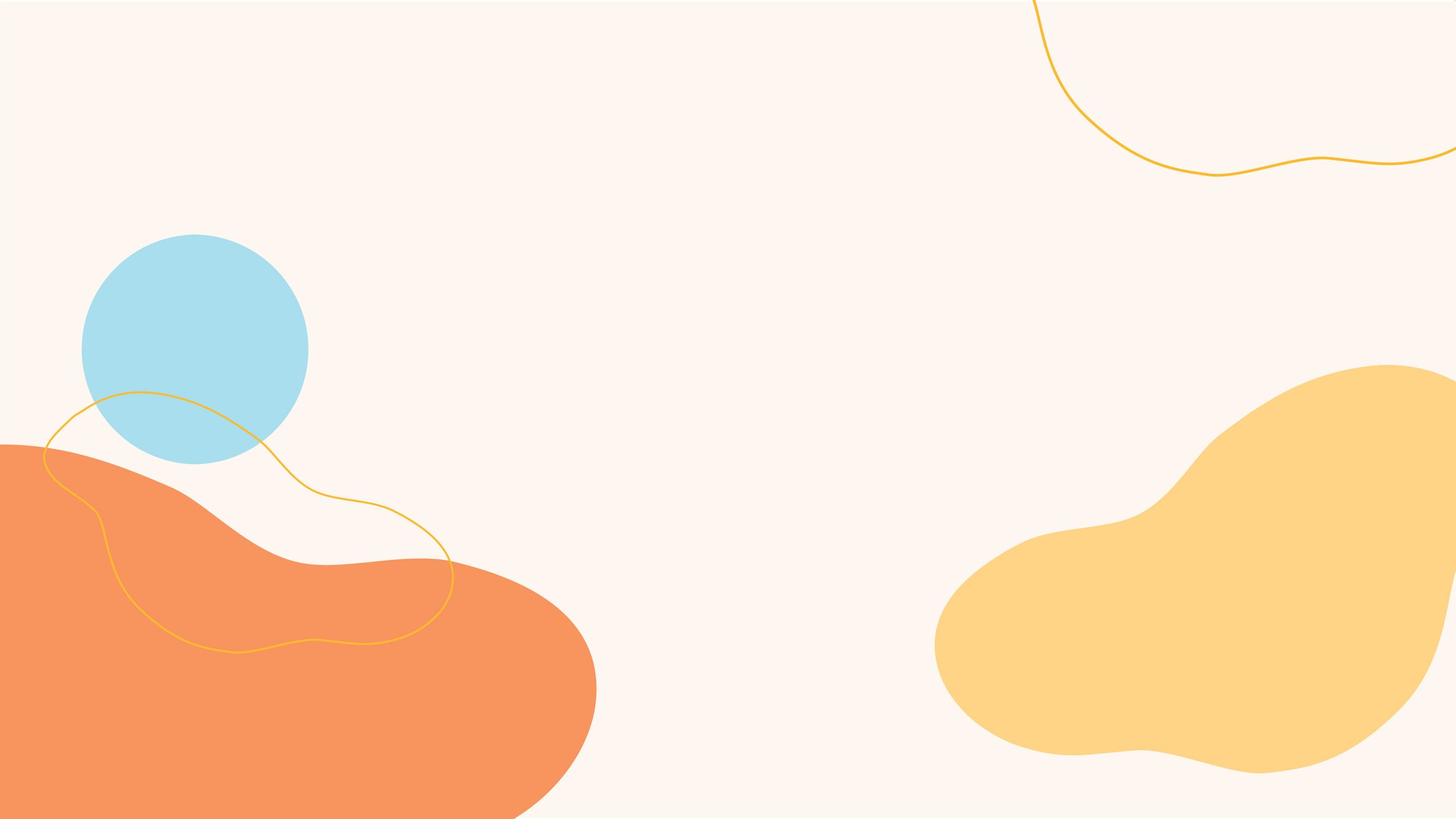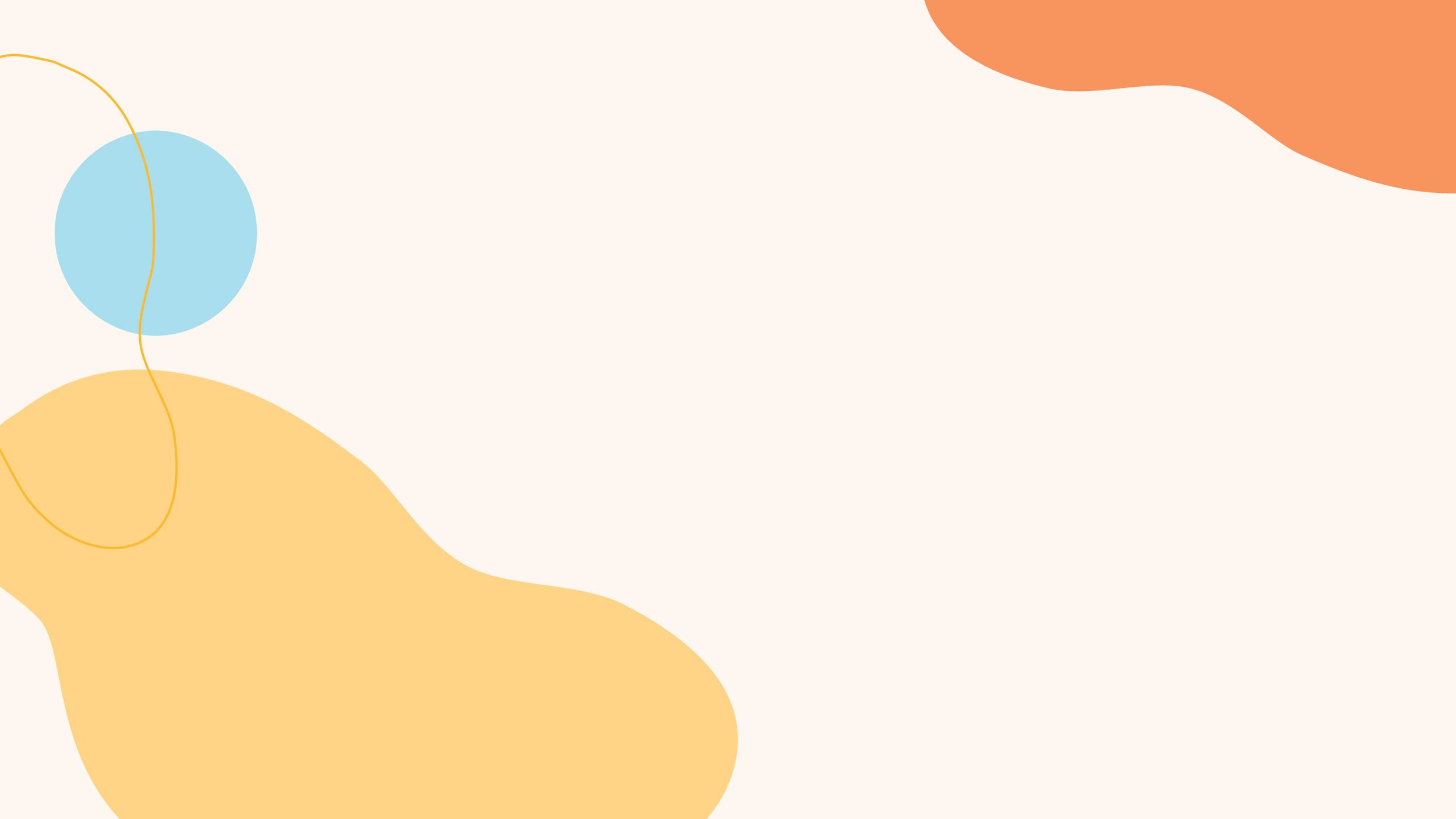
Casa Classrooms
Casa Classrooms (3-6 years old)
Squamish Montessori School offers a mixed age group environment for preschool (4 or 5 full or half day morning) and Kindergarten (5 full days) aged children. The full AMI curriculum is designed to be completed in 3 or 4 years depending on when your child starts. There are currently four Casa classrooms – two at our Loggers Lane location and two new classrooms on Finch Drive at Loggers Lane.
Children have an innate desire to become independent and take care of their own personal needs. Our Casa classrooms support this drive by providing an environment and the necessary materials to support the path to independence. There are activities to support the many skills young children need to accomplish on the way to independence are all taught as specific lessons, with their own set of materials such as dressing frames and hand washing exercises. Many of these exercises are used as a bridge from home to the classroom as they are familiar to the child.
-
The practical life component of the Montessori early childhood curriculum is the underlying foundation for the success in the other areas of the curriculum. Each task allows children to gain independence, and to develop a sense of order, concentration, responsibility and coordination of movement. Children gain enormous freedom and confidence to work successfully both independently and cooperatively.
-
The Montessori sensorial curriculum allows children to discriminate and order the impressions that have entered through each of their senses. Scientifically designed materials that isolate each sense facilitate the development of the intellect through hands-on exploration. Children learn to separate and classify forms, colours, textures, tastes and smells. Exercises in this area refine the senses and develop skills in thinking, judging, concentrating, comparing, and sequencing. Materials offer unlimited opportunities for the development of vocabulary and the essential development of dexterity that will lead to writing and reading.
-
Language in the Montessori early childhood curriculum focuses on the following areas:
ORAL LANGUAGE:
Designed to meet the young child’s innate need to acquire language, significant emphasis is placed on building vocabulary and oral competency. Through the use of the Montessori materials, children acquire a rich vocabulary for labeling, describing, comparing and contrasting their environment and the people in it. Precise terminology is always used. Discussion is encouraged, and the children are given appropriate language to engage in a meaningful exchange as they get on with their work. Small group or circle activities are organized on a daily basis. These are opportunities for the children to enjoy a wide variety of language activities that are carefully designed to enrich their oral expression and strengthen their listening skills. Some of the areas include rhyming words, puzzle words, opposites, animal families, nursery rhymes, story telling, singing games, and poetry role playing. Language enrichment is embedded in the Montessori curriculum and is a central point of focus when the teacher is giving a lesson in any of the other curriculum areas.
WRITTEN LANGUAGE:
Written language is introduced to children at about 4 years of age. Skills are taught separately by careful use of specifically designed materials. The exercises of pencil control, letter formation, sound/letter recognition, phonetic blending, word/object matching, sentence construction when presented in sequence, all lead the child to initial levels of competence in reading and writing skills. Children are encouraged to write their own “books” and so experience the joy of communicating their thoughts to others. Literacy skills develop rapidly as the child’s own inner drive to learn is supported by a carefully prepared program designed to meet this stage of activity.
-
The Montessori math curriculum is firmly based on learning through experience. Children use a wide variety of carefully constructed materials to lead to an understanding of the value and sequence of the numbers zero to ten. Children are then introduced to larger amounts and learn the concept of making groups of tens, hundreds, thousands, and the decimal system. Number notation and place value are taught as children develop an understanding of number concepts. Four and five-year-olds are introduced to the basic operations of addition, multiplication, subtraction and division at a concrete level so they experience what these activities truly mean. Gradually children move towards an abstract understanding of these concepts. Geometry is introduced in the early childhood program through the use of materials which are classified according to qualities such as, “these shapes have three sides, they are called triangles”, and “the four sides of these shapes are all the same size, they are called squares”. Children learn to discriminate, classify, and name circles, squares, rectangles, and polygons, always using materials as guidance. Fractions are introduced, again in concrete form, and an introduction to the concept of equal parts of a whole lay the foundation for further work with math. Children always build on what they know and systematically progresses from concrete to abstract. Children discover number patterns, sequences, and rules by handling the various materials.
On completion of the early childhood curriculum the child will demonstrate through the use of materials, and an understanding of the following:
Number value, sequence, and symbol of 1 to 100
The four basic operations of addition, subtraction, multiplication, and division
Odd and even numbers
Skip counting (early preparation for memorization of number facts)
Reading and recording numbers for all of the above activities.
-
Our Montessori program is based on an integrated study of science, social sciences, and arts. Children are exposed to a rich, stimulating variety of hands-on learning activities.
In keeping with the Montessori philosophy of education, the children first experience the general rules of the world around them such as the division of land and water. These are gradually broken down into smaller parts such as the division of continents and oceans, and provinces and territories of Canada. Cultural differences and similarities are explored through music, dance, costume, and food. Festivals and traditions such as Hanukkah, Chinese New Year, Diwali, St. Patrick’s Day are celebrated through art, stories, and geography. Work with cultural materials helps children become aware that they are a part of the large family of humanity. Weather observations and experiments help children appreciate the variety of clothing, homes, and food that exist to meet people’s needs in various parts of the world.
Materials are available to help the children label, compare and classify parts of plants and animals. Particular emphasis is placed on having plants and animals in the classroom. The school will have flower and vegetable gardens. Children learn how to take care of these so that they thrive.
-
Music will be a daily part of our program. We will learn new songs and practice for Holiday and spring concerts. Singing is encouraged and spontaneous outbursts of song are not unusual.
Music instruction will be presented directly through work with bells. The children will learn musical scales. They will be exposed to reading and writing music. They may learn to compose their own music. We will have fun with rhythm and beat games. Classical music, dance, and finger-plays will be incorporated into daily activities.

“But,’ I can hear you say, ‘shall we leave our children to do as they like? How can they know what is best for them when they have had no experience? And think what little savages they would grow up to be if we did not teach them manners . . .’ And I would answer, ‘Have you ever given your children a chance, even for one day, to do what they like without interference?”
— Maria Montessori

